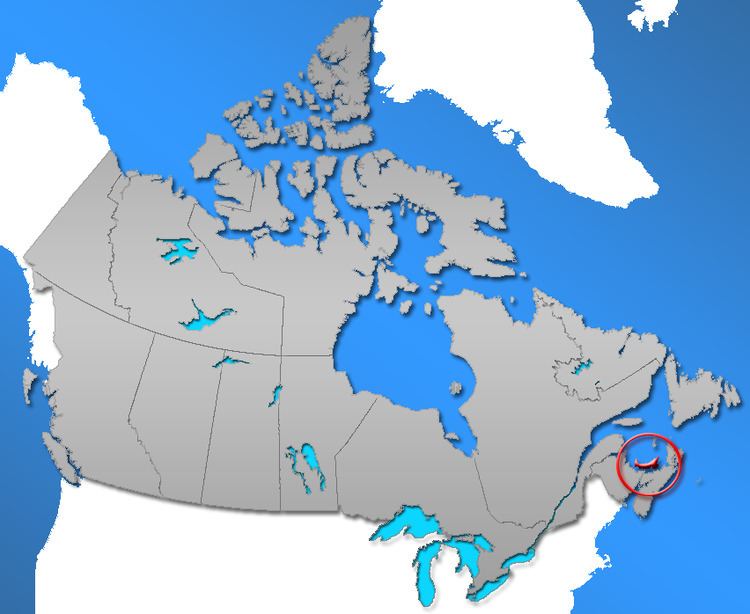 | ||
Demographics of the province of Prince Edward Island, Canada. According to the 2011 National Household Survey, the largest ethnic group consists of people of Scottish descent (39.2%), followed by English (31.1%), Irish (30.4%), French (21.1%), German (5.2%), and Dutch (3.1%) descent. Prince Edward Island is mostly a white community and there are few visible minorities. Chinese people are the largest visible minority group of Prince Edward Island, comprising 1.3% of the province's population. Almost half of respondents identified their ethnicity as "Canadian." Most readers will not know that Prince Edward Island is by a strong margin the most Celtic and specifically the most Scottish province in Canada (often thought to be Nova Scotia) and perhaps the most Scottish place (ethnically) in the world, outside Scotland. 38% of islanders claim Scottish ancestry, but this is an underestimate and it is thought that almost 50% of islanders have Scottish roots. When combined with Irish and Welsh, almost 80% of islanders are of some Celtic stock, albeit most families have resided in PEI for at least two centuries. Few places outside Europe can claim such a homogenous Celtic ethnic background. Certainly, in a North American context, the only other jurisdiction with such a high percentage of British Isles heritage would be Newfoundland.
Contents
Population of Prince Edward Island since 1851
Source: Statistics CanadaEthnic origins
Information taken from the Canada 2001 Census..* These percentages sum to more than 100% due to dual responses (e.g. "French-Canadian" generating an entry in both "French" and "Canadian" categories.) Groups with greater than 1,000 responses are included.Languages
The 2006 Canadian census showed a population of 135,851. Of the 133,570 singular responses to the question concerning mother tongue the most commonly reported languages were:
There were also 30 single-language responses for Greek and Niger-Congo languages n.i.e.; 25 for Russian; 20 for Ukrainian; 15 for Finnish, Germanic languages n.i.e., Inuktitut, Maltese, Persian and Tagalog; and 10 for Czech, Estonian, Portuguese, Slovenian, Turkish and Vietnamese. In addition, there were also 105 responses of English and a non-official language; 25 of French and a non-official language; 495 of English and French; and 10 of English, French, and a non-official language. (Figures shown are for the number of single language responses and the percentage of total single-language responses.)
Immigration
The 2006 Canadian census counted a total of 4,785 immigrants living in Prince Edward Island.
The most commonly reported origins for these immigrants were:
There were also about fifty-five immigrants from Denmark; about fifty each from India, Japan, and Poland; about forty-five each from Hungary, Sierra Leone, and Syria; and about thirty-five from Zimbabwe.
Internal migration
A total of 16,205 people moved to Prince Edward Island from other parts of Canada between 1996 and 2006 while 15,445 people moved in the opposite direction. These movements resulted in a net outmigration of 1,450 people to Alberta; and a net influx of 700 people from Newfoundland and Labrador, 530 from Ontario, 295 from Nova Scotia, 180 from New Brunswick, 150 from British Columbia, and 110 from Manitoba. During this period there was also a net outmigration of 165 francophones to Quebec, and a net influx of 145 anglophones from Quebec. (All net inter-provincial and official minority movements of more than 100 persons are given.)
Religious Groups
Information taken from the 2001 Canadian Census.The Roman Catholic Diocese of Charlottetown comprises the entire Island and is the second oldest English diocese in Canada. The Archdiocese of Kingston is the oldest.
